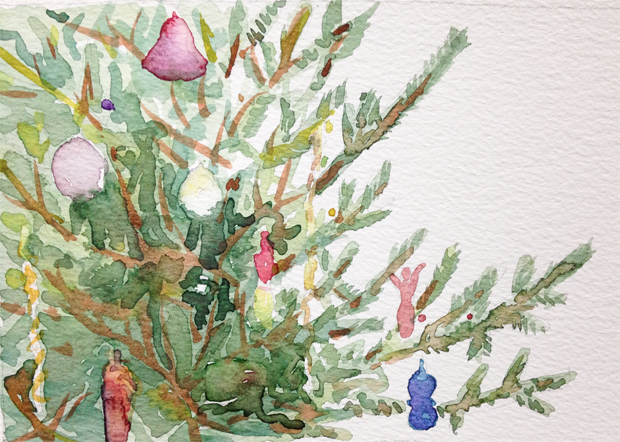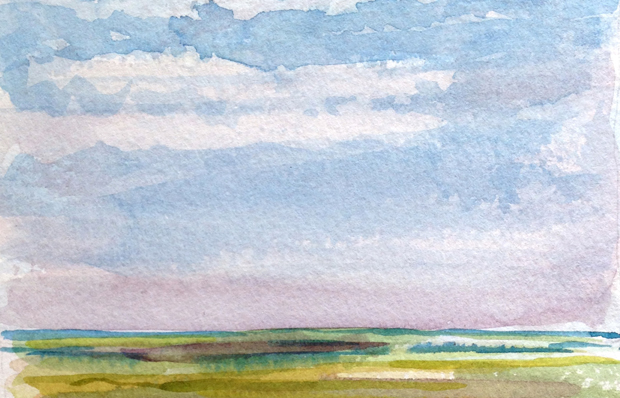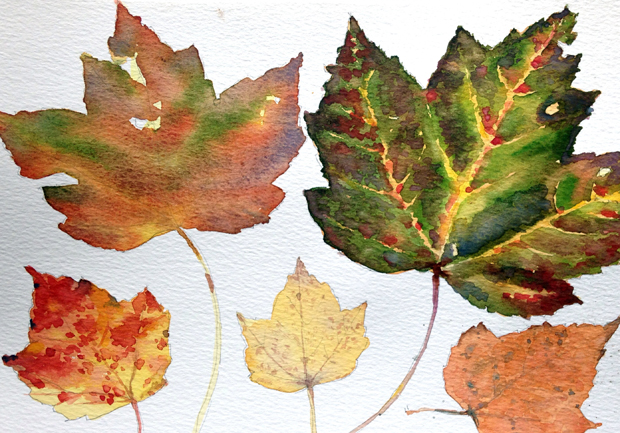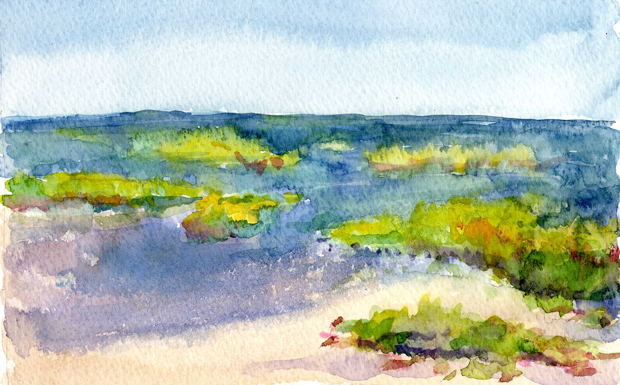Life throws so much at us, we can forget to slow down and do one thing at a time. I recently heard the story of a woman who had difficulty as a child getting her parents’ undivided attention. Forced to settle for whatever they gave her, she eventually came to believe that she didn’t have anything important enough to say that would warrant their — or anyone else’s — full attention. She stopped sharing her innermost thoughts and feelings with people, resulting in isolation and loneliness.
When I share genuinely with someone, I am unconsciously looking to be seen and treated as the most fascinating thing going in that moment. In acknowledgement of this universal longing, there’s a wonderful African greeting. When a person arrives in a village after being away, they say, “I am here to be seen.” And the response from the group is, “We see you.” Isn’t that what all of us want? Continue reading










